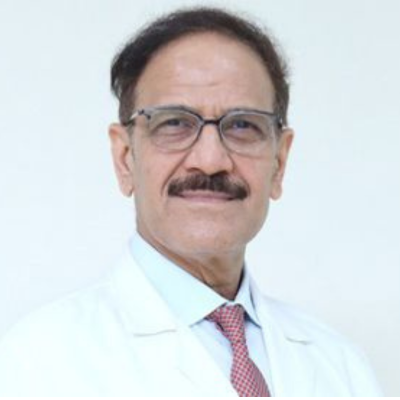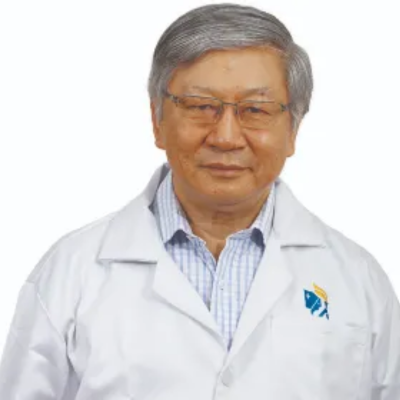The Role of Government Initiatives in Promoting Medical Tourism in India
 02 April,2025
Read More
02 April,2025
Read More
Enquire now in case of any assistance needed
Starting From: USD 6736 - USD 13232
Endovascular Repair of Thoracic Aortic Aneurysms is affordable in India. The cost of Endovascular Repair of Thoracic Aortic Aneurysms in India lies between USD 6736 - USD 13232. The exact procedure price depends on multiple factors such as the surgeon's experience, type of hospital, severity of the condition, patient's general condition,�etc.
Endovascular repair of thoracic aortic aneurysms (TAAs) stands as a testament to the remarkable progress in vascular medicine. This groundbreaking procedure has revolutionized the treatment of TAAs, offering a minimally invasive alternative to traditional open surgery. Through meticulous patient evaluation, advanced imaging techniques, and expert procedural execution, endovascular repair has become a cornerstone in the management of aortic aneurysms. Let’s know more about the intricate world of endovascular TAA repair, covering its indications, procedural details, benefits, considerations, and the transformative impact it has on patient outcomes.
A thoracic aortic aneurysm is a potentially life-threatening condition characterized by the abnormal enlargement of the aorta, the main artery carrying oxygenated blood from the heart to the rest of the body. If left untreated, TAAs can lead to serious complications, including aortic dissection (tearing of the aortic wall) or rupture.
Endovascular repair of thoracic aortic aneurysms represents a pivotal advancement in vascular medicine, offering a minimally invasive solution for individuals facing this serious condition. Through careful patient evaluation, advanced imaging techniques, and expert procedural execution, this technique has transformed the landscape of aortic aneurysm management. By alleviating symptoms, preventing complications, and preserving aortic integrity, endovascular TAA repair exemplifies the pioneering spirit of vascular medicine. It continues to pave the way for innovative approaches in the treatment of aortic aneurysms, promising renewed hope and vitality for patients around the world.
Chairman
Cardiothoracic and Vascular Surgeon
Manipal Hospital, Dwarka, Delhi
Book AppointmentChairman
Interventional Cardiologist
BLK-Max Super Speciality Hospital, New Delhi
Book AppointmentChairman
Cardiothoracic and Vascular Surgeon
Medanta - The Medicity Hospital, Gurgaon
Book AppointmentConsultant
Interventional Cardiologist
Apollo Hospitals, Greams Road, Chennai
Book AppointmentSenior Consultant
Interventional Cardiologist
Indraprastha Apollo Hospital, New Delhi
Book AppointmentDoctor of Pharmacy
Dr. Deepanshu Siwach is a skilled clinical pharmacist with a Doctor of Pharmacy degree.?He has 4+?years of experience and has worked with thousands of patients. He has been associated with some of the top hospitals, such as Artemis Gurgaon.
Dr. Deepanshu Siwach is a skilled clinical pharmacist with a Doctor of Pharmacy degree.?He has 4+?years of experience and has worked with thousands of patients. He has been associated with some of the top hospitals, such as Artemis Gurgaon....
Dr. Aseem Ranjan Srivastava is an experienced Pediatric Cardiothoracic Surgeon specializing in Minimal Access and Robotic Cardiac Surgery. He strongly recommends prompt corrective repair when possible....
The Art of Effective Communication
 02 April,2025
Read More
02 April,2025
Read More
 27 March,2025
Read More
27 March,2025
Read More
 26 March,2025
Read More
26 March,2025
Read More
 22 March,2025
Read More
22 March,2025
Read More
 12 March,2025
Read More
12 March,2025
Read More
 24 January,2025
Read More
24 January,2025
Read More




